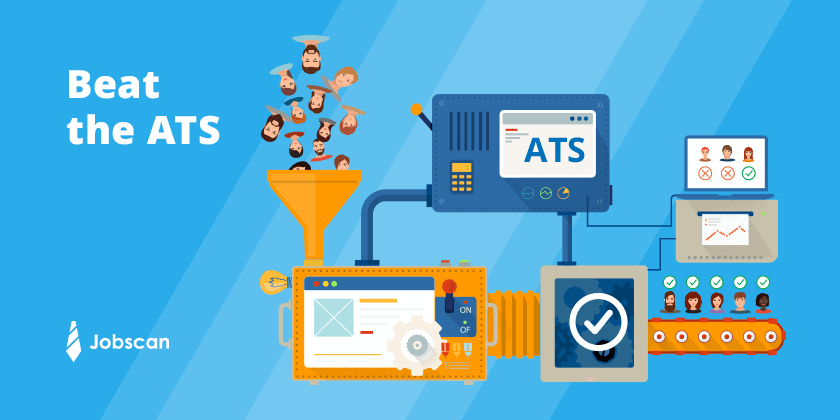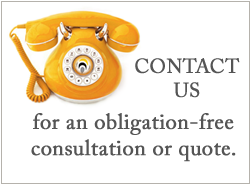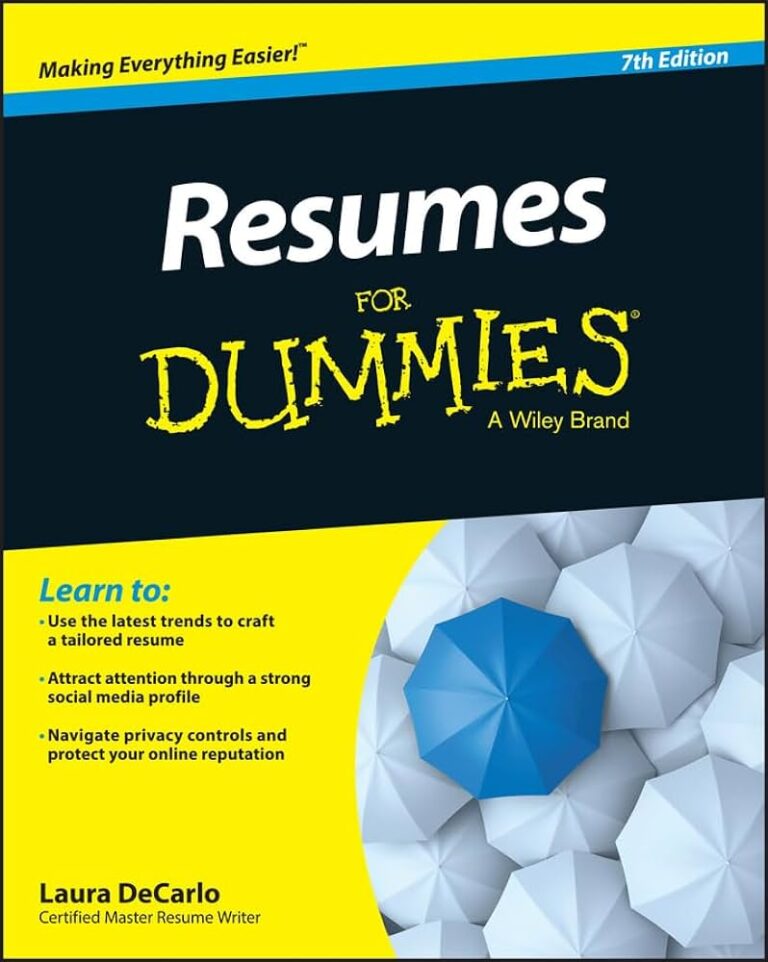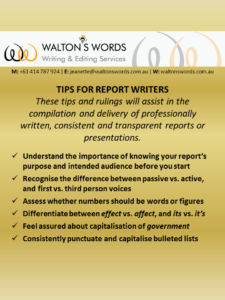
As discussed in an earlier blog about ATS optimised resumes, fancy formatting (e.g. graphic design) is going to be less beneficial where an applicant tracking system (ATS) is used. Many recruiters now deploy ATS to filter through job applications, to improve proficiency.
“If you’ve applied to a job any time since 2008, your application has probably passed through an ATS. Over 98% of Fortune 500 companies use an ATS of some kind, according to research conducted by Jobscan.” (themuse.com)
To make it through to the human recruiter – and for your career documentation to be legible when it gets there – it is advisable to prioritise content legibility. While it’s still important to be attentive in terms of the structure or layout of your resume, ATS barriers and limitations should also be factored in when submitting job applications via digital platforms.
Keywords with context
As part of its job application sort-through, the ATS searches for core terms and phrases that match content in the job ad and/or position description. This may include job titles, hard skills deemed as essential to the role, as well as tertiary qualifications and other certifications.
Reflect such content within your resume and other career documentation, but be sure to give it context. That is, do not ‘throw in’ keywords without demonstrating how they have applied within your career to date. Integrate relevant keywords into job achievements, to show that you understand what is required and that you have proven your capabilities in that area. For example, if it’s a sales role that specifies Salesforce knowledge, consider how you have used this technology (or something similar), to the benefit of your former employer business.
Appropriate document version
As discussed in my previous blog, evolving ATS capabilities mean that PDF is now more acceptable when submitting job applications online. Although some still recommend the use of a Word version, unless otherwise specified by recruiters or in ‘how to apply’ instructions.
Either way, it is advisable not to venture outside of these two main career documentation versions. In addition to potential ATS barriers where another software is used for your resume, the human recruiters may also not have access to that technology. Make it as easy as you can for both the digital and human recruiter to engage with your documents.
Meet the reading standards
In line with the sinistrodextral writing system, most ATS will read a document from left to right, and from top to bottom. Align with this reading standard when organising your resume – e.g. name and contact details at the top, and work history ordered from latest to oldest.
This also means the chronological resume format is often preferred over the functional format, as it is easier for ATS (and the human recruiter) to navigate your career history.
Formatting that doesn’t fumble
The main formatting to avoid in career documentation, to better ensure a trouble-free ATS translation (i.e. unjumbled content), are:
- columns & tables
- text boxes, images & graphics
- headers & footers
- less common fonts
- non-standard section headings
- hyperlinks on keywords (URL may only come through)
ATS-acceptable formatting includes bold, italics, dashes, colours and standard bullets.
________________________________________________________________
Walton’s Words has extensive experience in helping job seekers compile professionally written, career-selling documentation. We can help construct resumes, cover letters, LinkedIn profiles, selection criteria, and any other documentation that will help you win your dream role. So drop us a line or give us a call if you’d like some assistance with your next career step.



